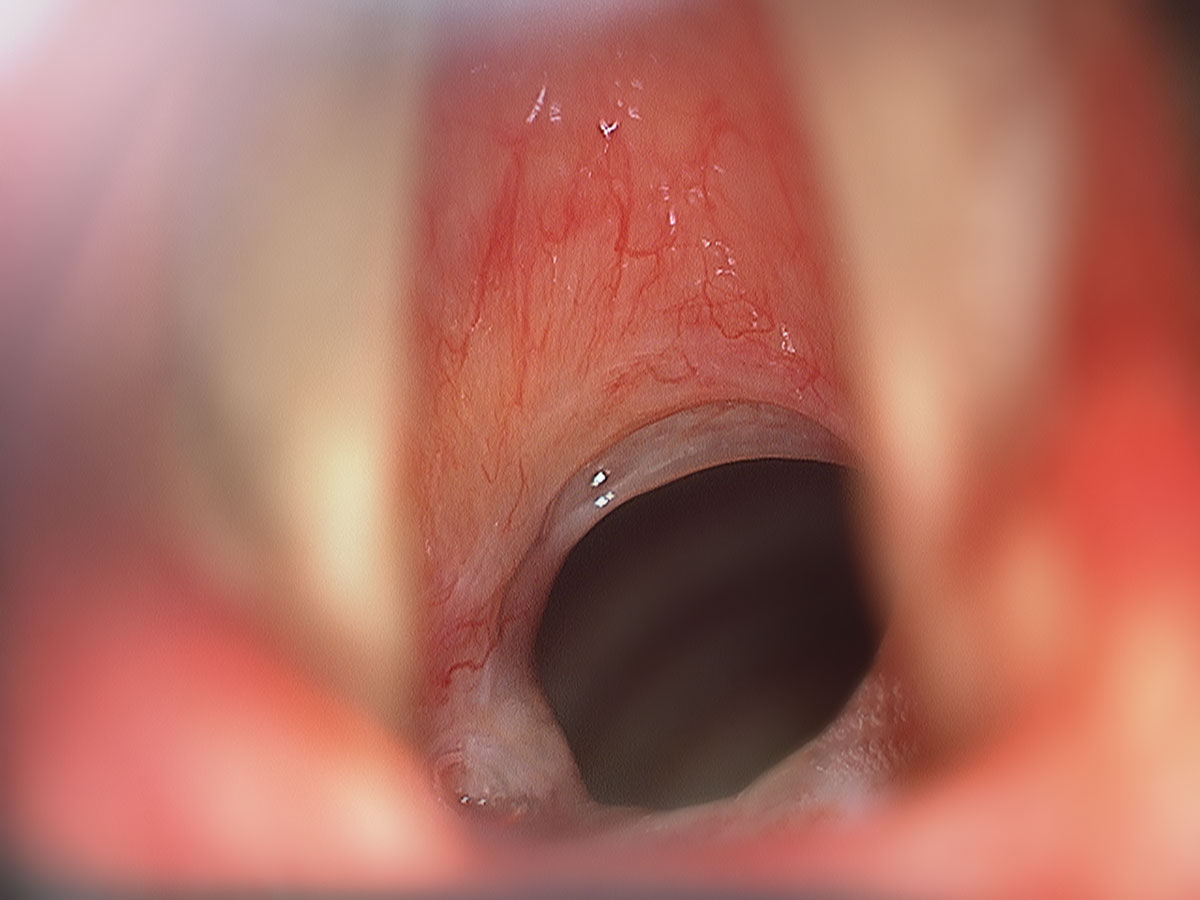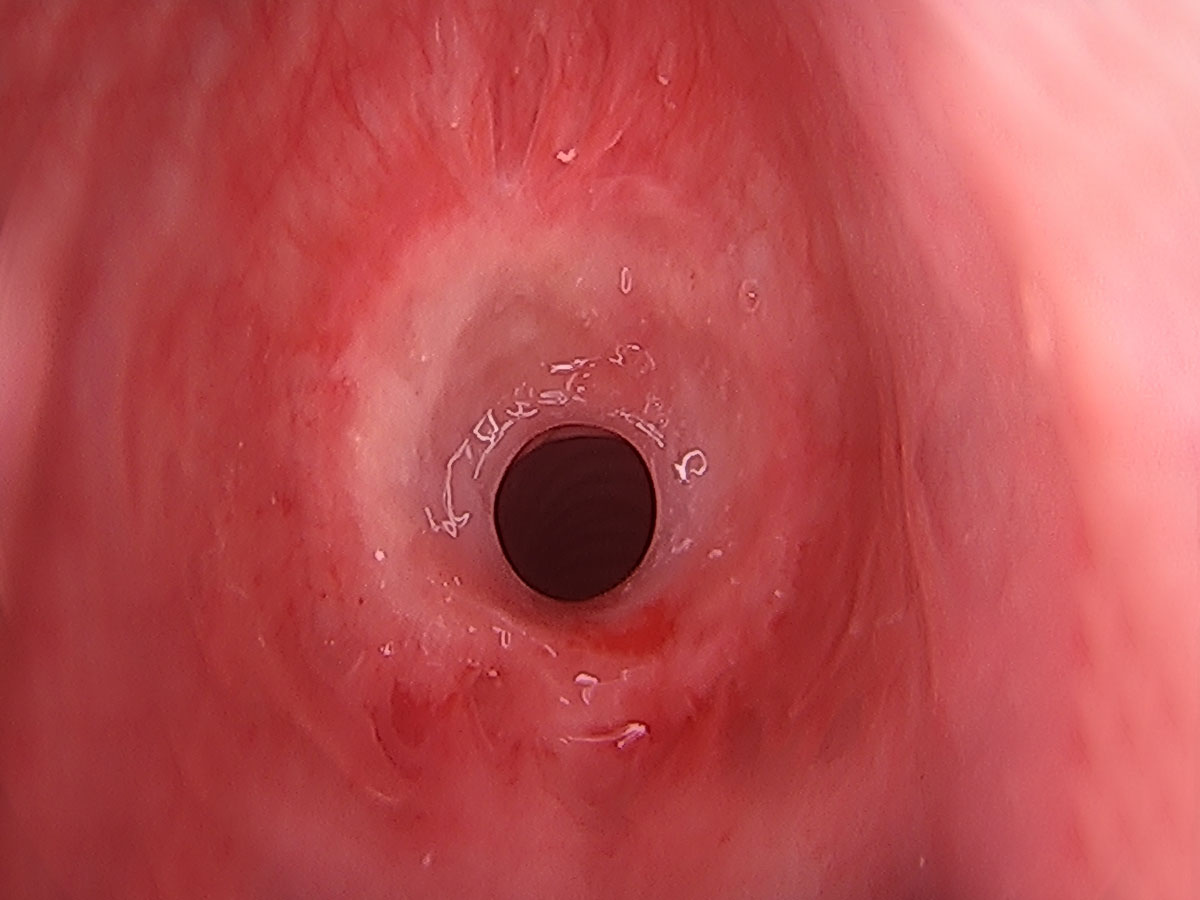Subglottic stenosis is a condition that involves scarring and narrowing of the airway below the vocal cords and in the upper trachea. This condition can be caused from prolonged endotracheal intubation with the irritation of the breathing tube to the surface of the upper trachea and subglottis. It can also develop as a condition called idiopathic subglottic stenosis, which has no known cause. In this setting it tends to be in females between 30-50 years of age and can prove to be very difficult to manage.
There is evidence that laryngopharyngeal reflux can contribute to this condition so it is strongly advised that all patients remain on reflux treatment during management of the airway stenosis.
There are is range of techniques involved to maintain patency of the narrowed airway. Dr Broadhurst initially used KTP laser incisions and balloon dilation for this. Over the last two years he has moved away from KTP laser, as he is concerned about the substantial development of heat with the laser incisions. In the setting of an acute inflammatory larynx one should minimise the degree of thermal trauma. Adding extremely high levels of thermal injury from laser would not seem to be sensible. In its place he uses Coblation technology. This uses a substantially lower heat to cut certain areas of the tissue. Following this Dr Broadhurst utilises a balloon dilation technique after varying amounts of the subglottic scar have been removed.
Patients have quite a varying degree of interval between required treatments. This can be as long as years but as short as months. Each patient is managed on a specifically case-by-case management.





